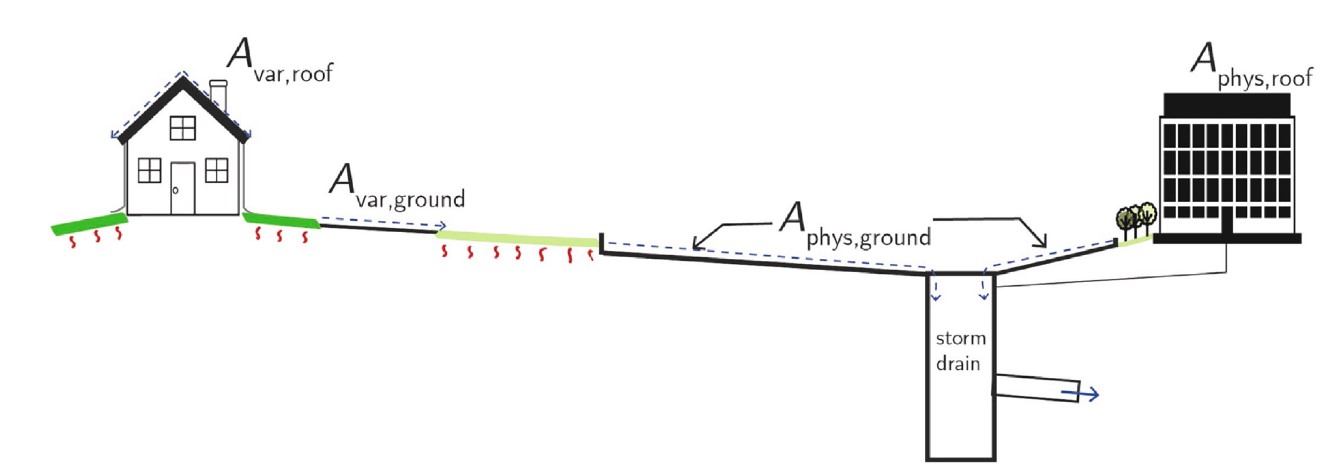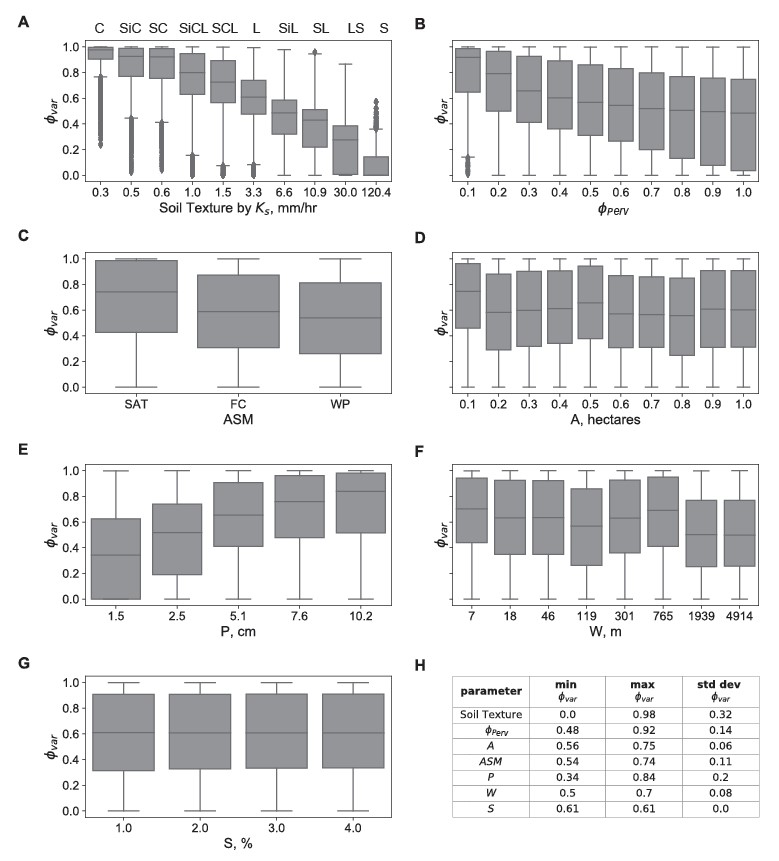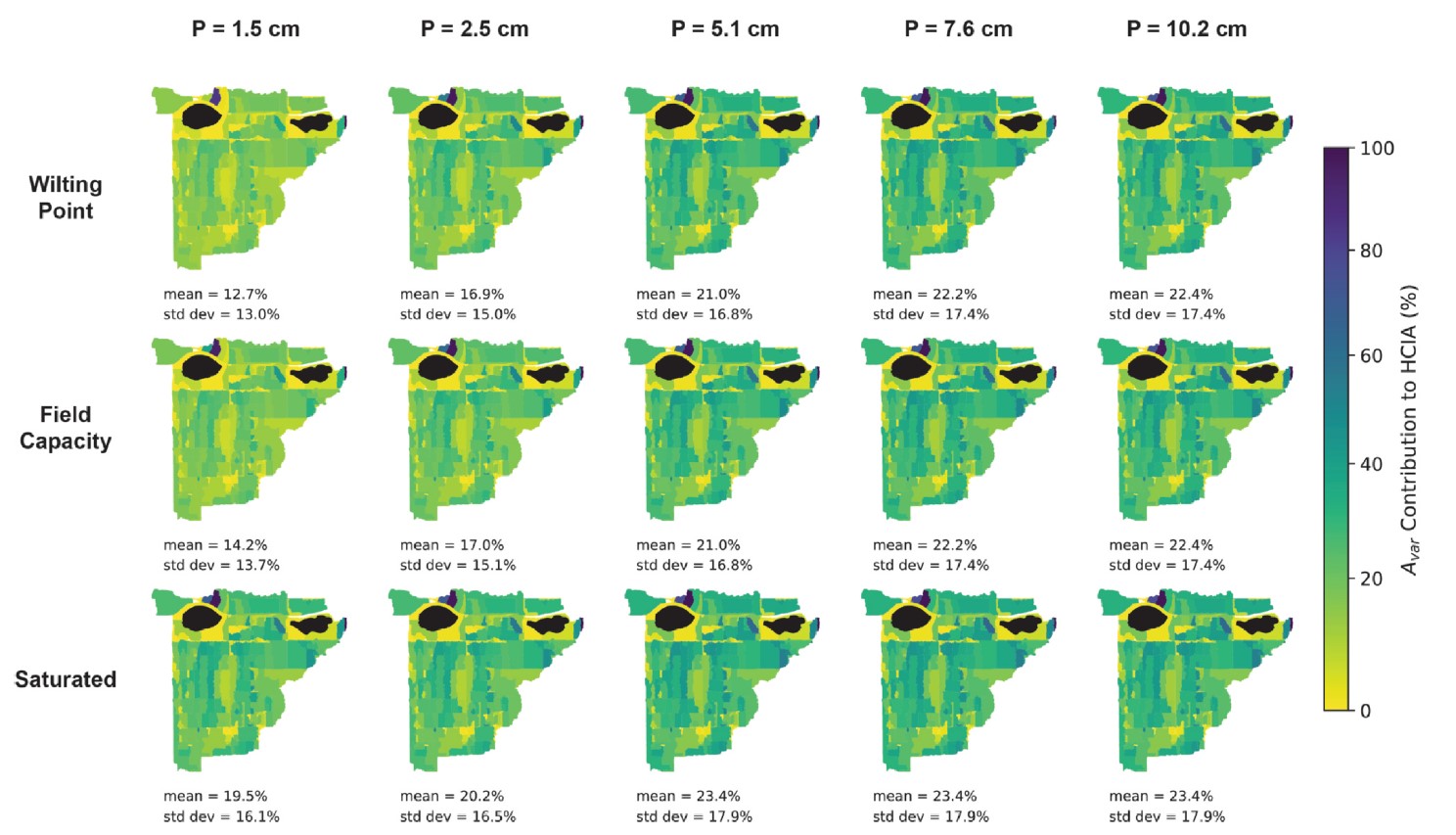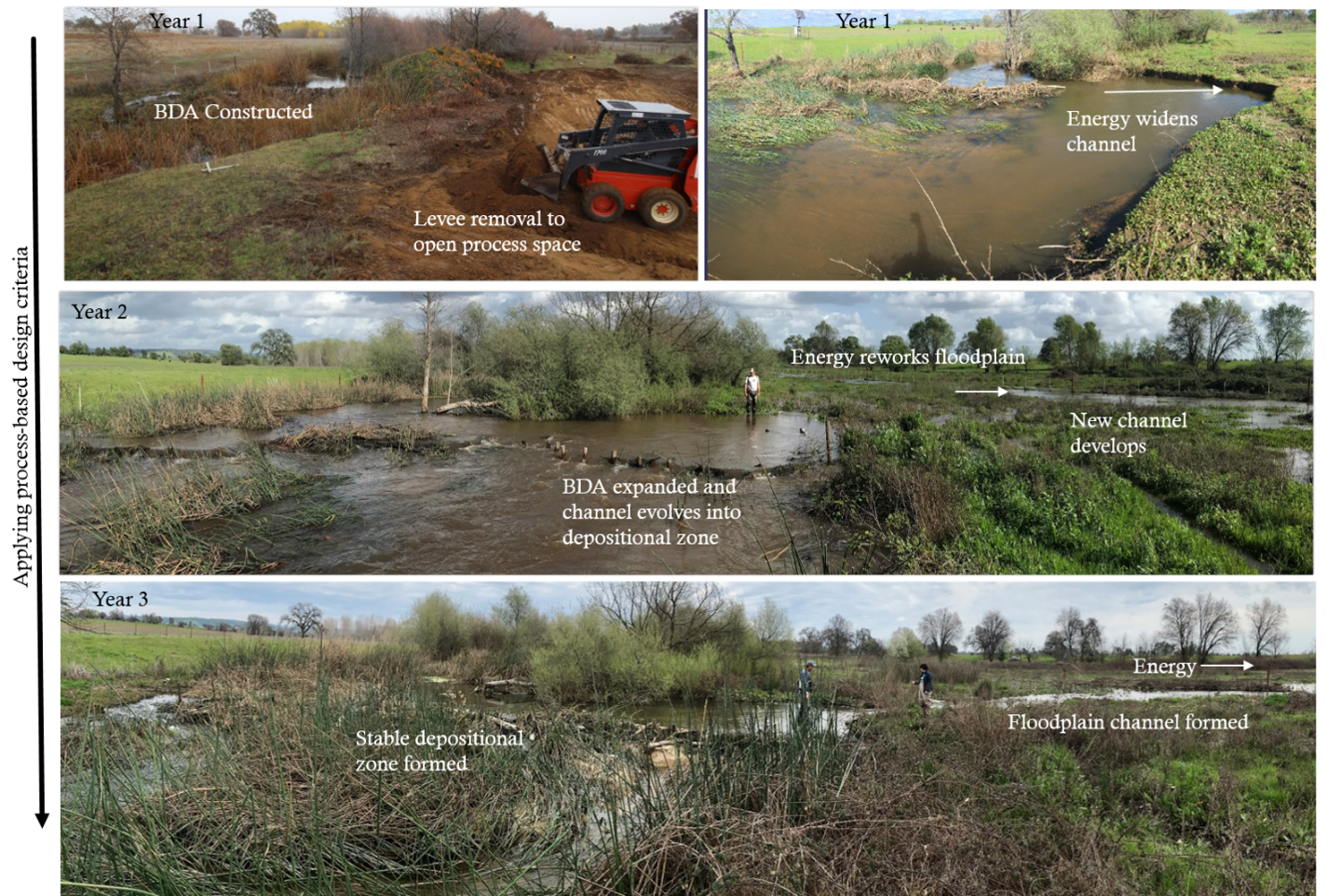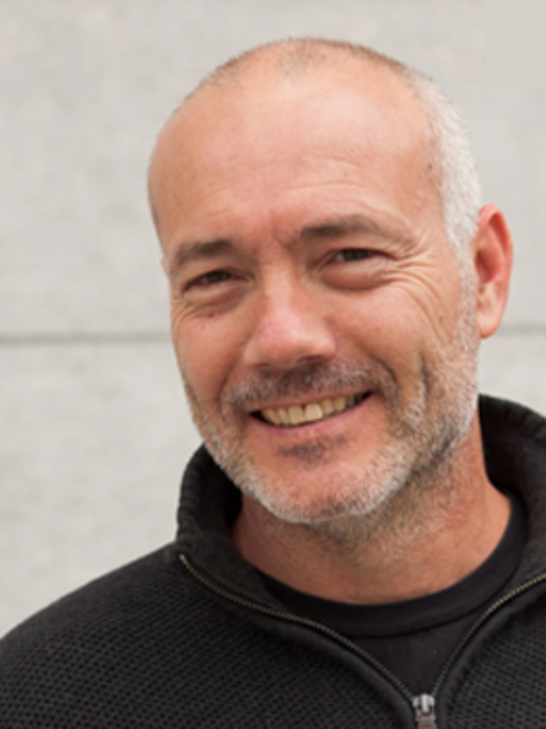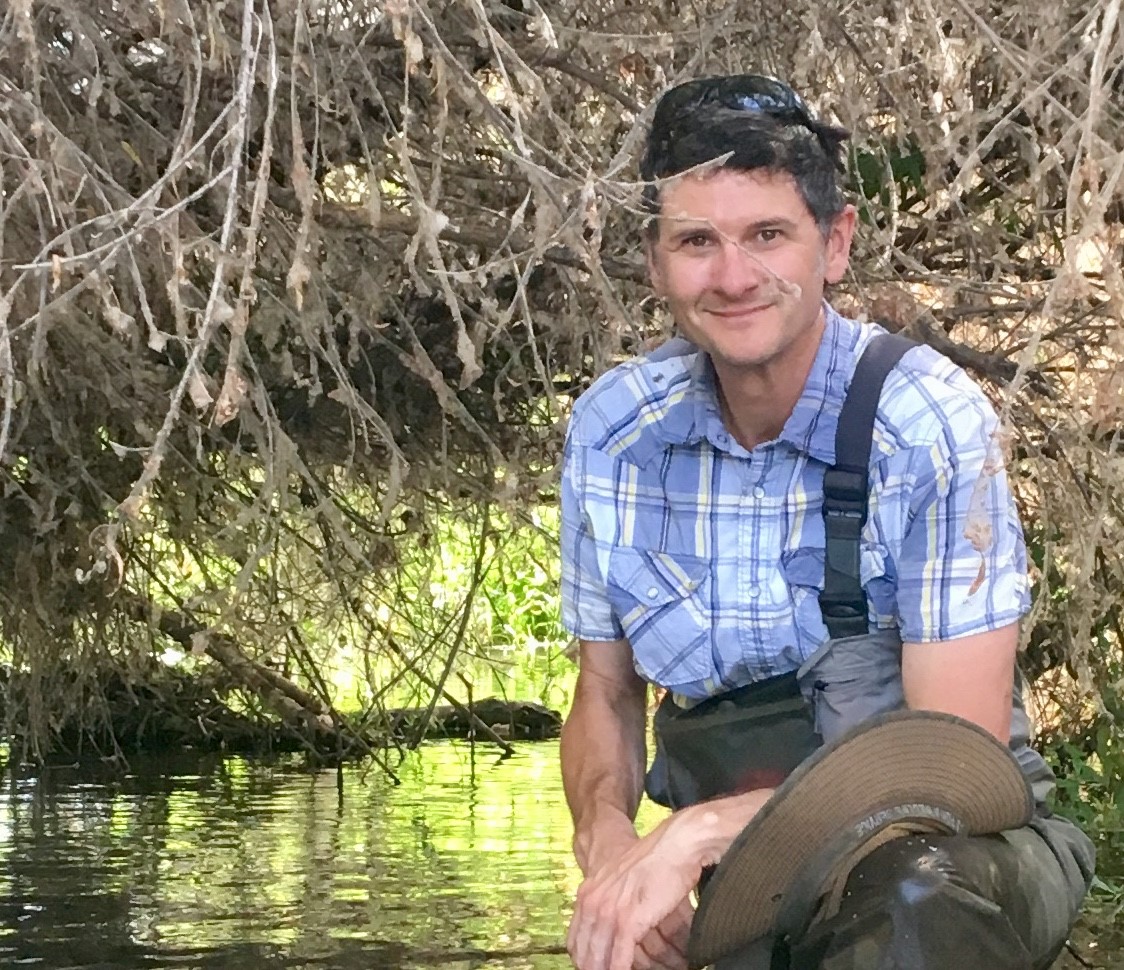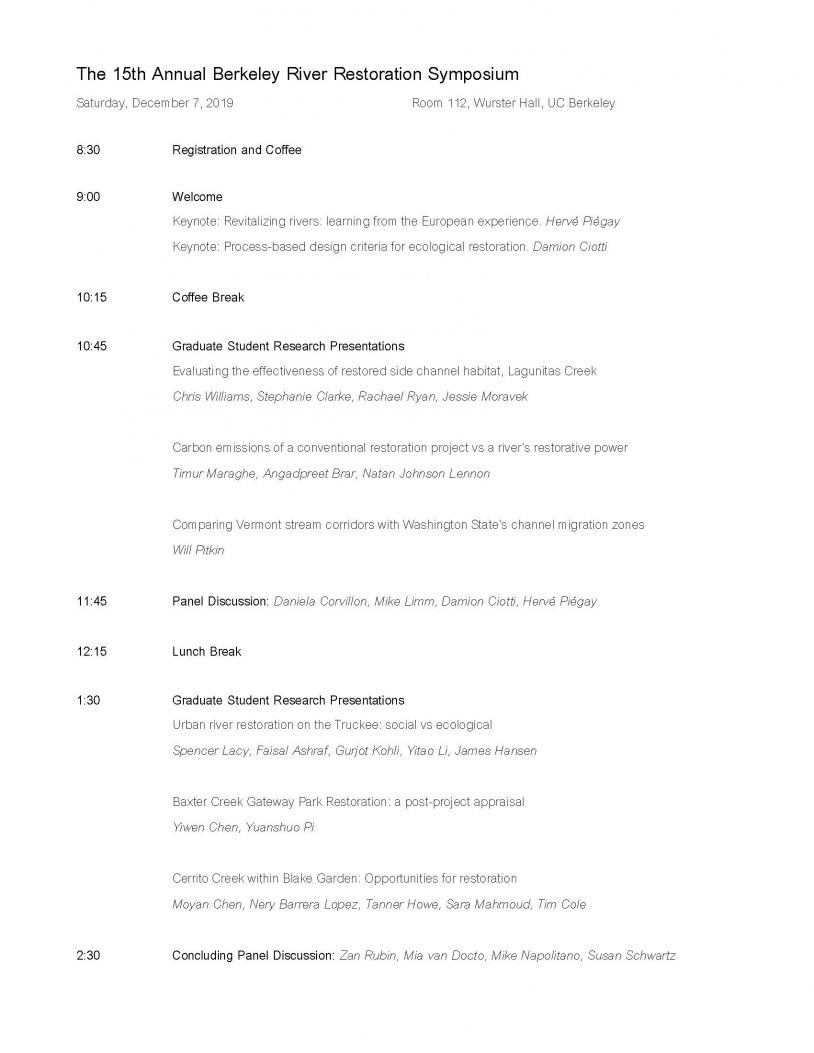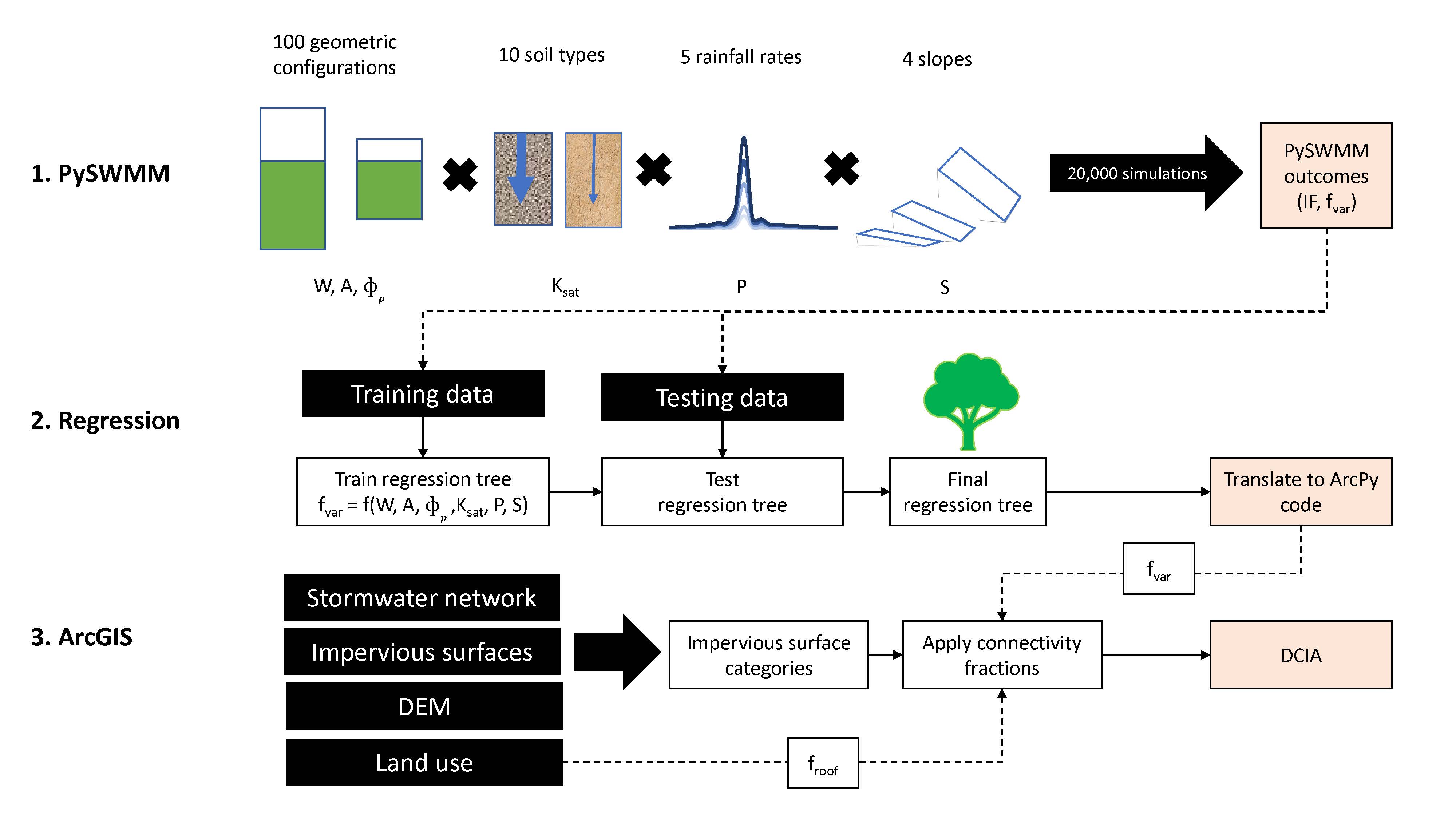Held online this year over three days (9-11 Dec), the Symposium featured keynote talks, presentation of graduate student research, and expert panel discussions, with audience generally exceeding 100 attendees. The first day featured a keynote talk by Doug Shields, Stream restoration: What works and what doesn’t work. Stream restoration has become widely practiced in developed countries, but most restoration projects are not evaluated after implementation and there is no consensus regarding evaluation criteria. Dr Shields reviewed meta-analyses of stream restoration evaluations to determine factors that contribute to success. The second day’s keynote, by Professor Martin Doyle (Duke) on Stream restoration and compensatory mitigation explored how current mitigation practices have resulted in a homogenization of channel form across North Carolina and other areas of the nation. The third Keynote, by Jack Schmidt (Utah State University) synthesized work from across one of America’s great rivers, Restoring the Colorado River. Student research projects addressed a wide range of issues, from monitoring post-fire impacts on salmon-bearing streams, a spring-fed river at the heart of a Texas city, carbon sequestration in woody debris stored on a reconnected floodplain, indigenous perspectives on stream restoration, steelhead trout habitat in an urban stream, river restoration projects in China, etc.

Click here to see the papers summarizing the graduate student research projects.
You can also click on each of the session titles below (highlighted in blue) to download the video recordings.
Wed 9 December
Stream restoration: What works and what doesn’t work, by Doug Shields
Fire & water : geomorphic baseline in Mill Creek, by Molly Oshun, Morgan Cooney & Adrienne Dodd
The San Marcos: a spring-fed river in the heart of the city, by Lilly Byrd
Carbon sequestration benefits from a reconnected floodplain, by Britne Clifton
Buffer zones for XiXi Wetland, Hangzhou, by Jingyi Chen & Karen Jin
Doug Shields, Neil Lassettre, Celina Balderas-Guzman
Thurs 10 December
Stream restoration and compensatory mitigation, by Martin Doyle
Riparian habitat vs vegetation encroachment in the Salinas River, by MaFe Gonzales
Understanding the waters and the grove: Cerrito Ck in Blake Garden, by Camille Thoma, Dulce Rivas
Indigenous frameworks for restoration: San Leandro Ck, by Janet Le
Kristen Van Dam, Susan Schwartz
Fri 11 December
Restoring the Colorado River, by Jack Schmidt
The urban gauntlet for steelhead trout, by Ali Parmer, Derek Morimoto, & Rebecca Kaliff
A restoration on the Yongding River, Beijing, by Yifan Feng
Social connectivity of Houtan Wetland in Shanghai, by Peixuan Wu, Youtian Wang & Zhehang Li
Karen Pope, Rafa Schmitt, Sandra Lee
Invited Speaker Biographies
Doug Shields, Jr, has over 40 years of professional experience in environmental and water resources engineering. Doug was a Research Hydraulic Engineer first with the US Army Engineer Waterways Experiment Station, and then with the National Sedimentation Laboratory (USDA-ARS) until 2012. He is currently a consulting engineer with his own firm and with cbec eco engineering of West Sacramento, and Adjunct
Professor at the Department of Civil Engineering, University of Mississippi. He has authored or co-authored more than 300 technical publications, and conducted research on physical aspects of streams and rivers, habitat
rehabilitation, and water quality across the Continental US.
Martin Doyle is a Professor at Duke University focused on the science and policy of rivers and water in the US. His work ranges from fluid mechanics and sediment transport to infrastructure finance and federal water policy, including a 2015-2016 assignment in the Department of Interior helping to establish the Natural Resources Investment Center, an initiative of the Obama Administration to push forward private investment in water infrastructure, enable water marketing, and increase the use of markets and conservation banks for species conservation. As the 2010 Clarke Scholar at the US Army Corps of Engineers, he worked on regulatory policy for mitigation banking and jurisdiction of ‘waters of the US.’ He is author of The Source (WW Norton, February, 2018), a history of America’s rivers, and the forthcoming is Streams of Revenue: The Restoration Economy and the Ecosystems It Creates (co-authored with Rebecca Lave).
Jack Schmidt is the Janet Quinney Lawson Chair in Colorado River Studies at Utah State University, where he leads the Center for Colorado River Studies. He has devoted 30 years of research to the Colorado River and the
relationship of ecosystem health and the dams, reservoirs, and diversions associated with river management. He is a leading authority on the managing the Colorado River in the Grand Canyon, and recently stepped down as Chief of the US Geological Survey’s Grand Canyon Monitoring and Research Center, a position he had held since 2011. In both his university and government research, Jack has worked to encourage collaboration between federal and state agencies, tribal interests, non-governmental organization and academic institutions. He received the National Park Service Director’s Award for Natural Resource Research in 2009.
Panelist Bios
Celina Balderas Guzman is a PhD candidate in the Department of Landscape Architecture and Environmental Planning at UC Berkeley. Her dissertation work focuses on the future of coastal wetlands in San Francisco Bay under climate change and implications on ecological restoration and adaptation planning. Additionally, she conducts collaborative research on the relationship between stormwater quality and watershed characteristics in the United States. Celina’s research bridges environmental science with urban planning. Her previous degrees are in urban planning, urban design, and architecture from the Massachusetts Institute of Technology.
Neil Lassettre is a Principal Environmental Specialist in the Environmental Resources section the Sonoma County Water Agency (Sonoma Water), where he provides cross-disciplinary project management and technical support to projects in water quality, flood control, and environmental compliance. He received his PhD in Environmental Planning from UC Berkeley in 2003, was a Fulbright Fellow in Lyon, France from 2003-2004, and consulted for ten years prior to joining Sonoma Water. He leads effectiveness monitoring for the Dry Creek Habitat Enhancement Project, a joint project with the Army Corps of Engineers, National Marine Fisheries Service, and California Department of Fish and Wildlife to enhance salmonid habitat below Warm Springs Dam.
Sandra Lee is an environmental planner with PhD from Tsinghua University and MSc from Wageningen University. She has conducted interdisciplinary research on sustainable management of water across Europe and Asia, notably in eastern China (e.g., water resource and environmental planning, costal lowland revitalization planning and design, rural-urban ecological planning, climate-resilient urban design, community participatory planning and design). She is currently an associate researcher with Riverlab at UC Berkeley.
Karen Pope is a research aquatic ecologist at the USDA Forest Service, Pacific Southwest Research Station. Karen focuses on linking hydrological processes with biological responses to inform stream and meadow
restoration. Current research includes the effectiveness of floodplain restoration techniques in recovering conditions for aquatic biodiversity and understanding how invertebrate and amphibian communities are affected
by aquatic restoration projects, pathogens, and invasive species. She has a PhD in Ecology from UC Davis and MS in Biology from Cal Poly San Luis Obispo.
Rafael Schmitt is a senior scientist at the Natural Capital Project at Stanford University. Rafael’s research focuses on modeling and managing water, energy, and ecosystem services provided by the world’s large rivers.
As part of the Natural Capital Project, Rafael is currently working on developing models to quantify the role of nature to provide sediment and nutrient retention as well as flood and landslide prevention. Rafael also
researches on strategic planning and trade-off analyses to find better trade-offs between dam environmental impacts and their economic benefits.
Susan Schwartz graduated from UC Berkeley in 1965 (economics). She was a newspaper reporter and editor in Fairbanks, Seattle, Akron, and Miami, taught scientific writing, and wrote three minor guides on natural history
before returning to Berkeley to raise a family. She became involved with Friends of Five Creeks more or less by chance, and has co-headed or headed the all-volunteer group for 20 years. Friends of Five Creeks works with
urban nature in many ways, including a lecture series, walks, other events, publications, interpretive signs, mapping and monitoring, and seeking to influence government. However, most if its effort is hands-on, generally in areas neglected or abandoned by public agencies, including after previous “restorations.”
Kristen Van Dam is an Ecologist with the East Bay Regional Park District. She supports the Park District’s Fuels Management Program, including coordinating environmental compliance, biological monitoring, and
program mitigation. Kristen has 17 years of experience in ecological restoration and management, including 12 years as an ecologist with the Urban Creeks Council and five years with the Park District, and holds a Master of Forestry from UC Berkeley.
About the Class and Symposium
Restoration of Rivers and Streams (Landscape Architecture and Environmental Planning 227) is taught by Professor Matt Kondolf. Offered annually since 1992, it is the longest-running course devoted to river restoration at a major research university. This graduate-level course emphasizes understanding of underlying goals and assumptions of restoration, and integration of natural and social science into restoration planning and design. Students review restoration plans and evaluate completed projects. In addition to lectures and discussions by the instructor, students, and guest lecturers drawn from the active restoration community, the principal course requirement is an independent term project involving original research and a presentation at this Symposium. The symposium is normally held in-person, but this year has moved to an online platform.
